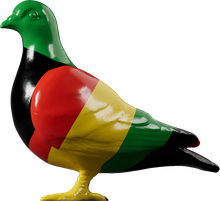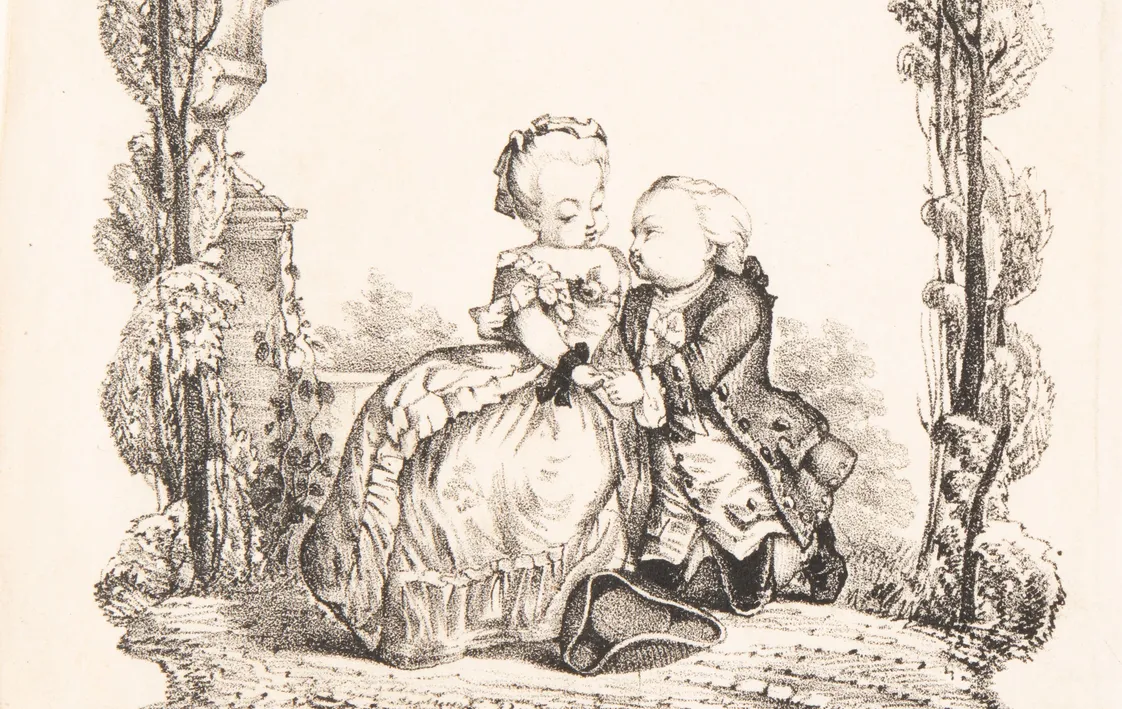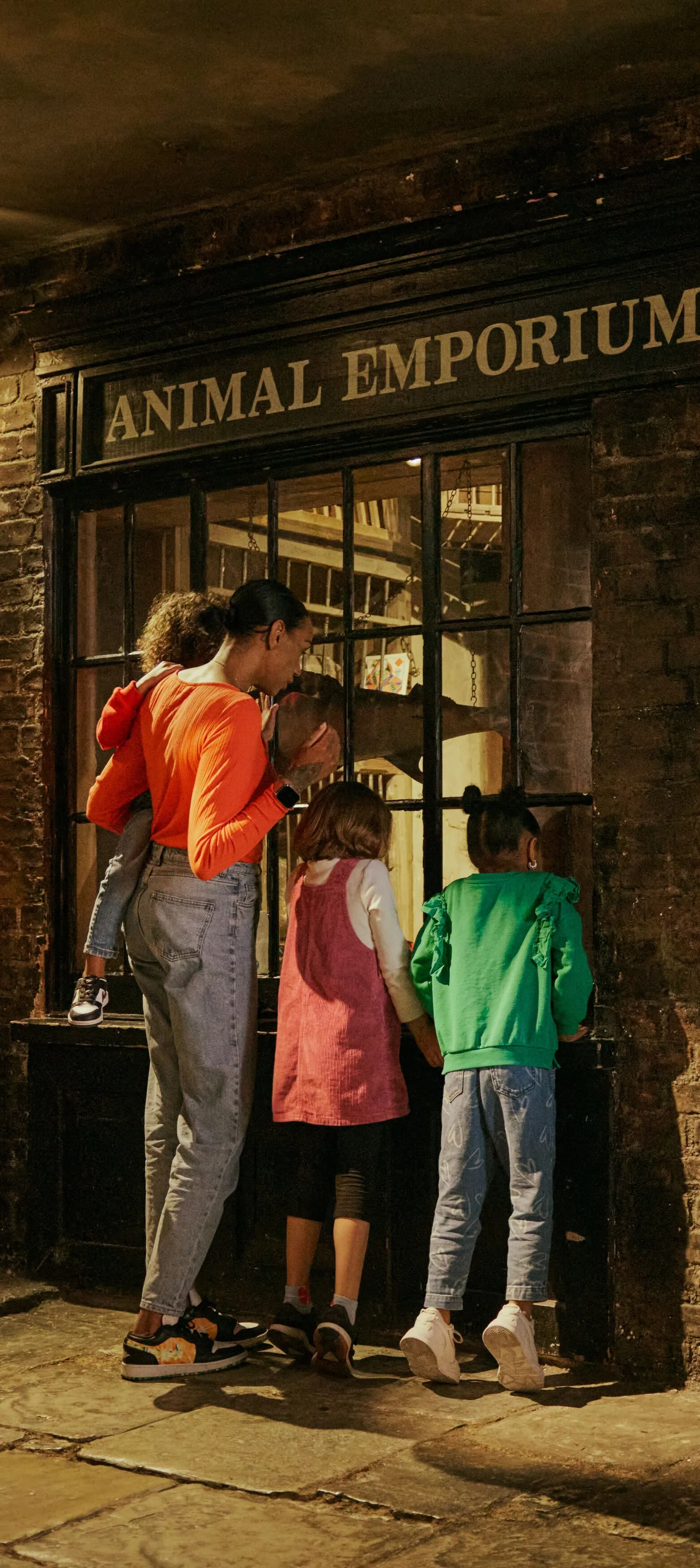17 June 2019 — By Sarah Hoile
Objects of love & loss: Mourning jewellery
What do mourning jewellery from the 18th and 19th centuries tell us about mourning practices in the UK?
How do objects help us to remember people we have loved and lost? How do mourning objects change over time? And what can they tell us about changing beliefs and practices?
I considered these questions last summer as part of my PhD on objects relating to funerals and the commemoration of the dead in 18th and 19th century London. As part of the project, I spent three months doing a placement at London Museum.
“Mourning jewellery was usually distinct in its design and could include individual details of names, initials or dates”
This was arranged through the London Arts and Humanities Partnership (LAHP) student placement scheme, which supports projects with its cultural partners. Curator of Making Danielle Thom identified a fascinating collection of mourning objects, mostly jewellery, from the 18th and 19th centuries for me to study.
What is mourning jewellery?
Mourning jewellery was bought to commemorate an individual who had died, to be worn in their memory. Some people left instructions in their wills, specifying the relatives and friends who should receive a mourning ring.
Though related to contemporary styles of jewellery, and often made and sold by the same makers, mourning jewellery was usually distinct in its design and could include individual details of names, initials or dates.
My aim was to learn as much as possible about each of these objects, including their maker, their use and decoration, their owners and wearers, and who they commemorated. It’s interesting to see how designs changed over time and what they might tell us about death and mourning in these centuries.
What are the symbolisms on mourning jewellery?
Most of the objects are anonymous or include only initials to give a clue about the person in whose memory they were worn. For a few, though, it was possible to find out more about the people whose names and dates are inscribed into the jewellery.

A gold mourning ring, decorated with black enamel, inscribed ‘Sam Forth obt 9 Aug 1724 æta 36’.
This gold ring decorated with black enamel, is inscribed “Sam Forth obt 9 Aug 1724 æta 36”, using abbreviations of the Latin “obit”, meaning “died”, and “ætat”, meaning “aged”. Samuel Forth was a brewer in Southwark, who made a will a few days before he died, declaring himself “at this present time sick and of an infirm Body but of sound and disposing mind and memory”.
Some of his bequests to his family were “for mourning”. These would have mainly covered the cost of the black clothing worn for a period after his death, including cloaks and hatbands, but could also have included the cost of a ring, and it is likely that this object was owned by one of the relatives named in the will.
Like many early 18th-century mourning rings, this includes symbols of mortality: a full skeleton with a crossed pick and shovel, a funerary symbol which represents the tools of the undertaker. This ring would not only have been a memorial to a loved one, but a reminder to the wearer that life is short.
Types of mourning objects

Funeral ticket to the funeral of Prime Minister William Pitt in 1806.
Many of the later 18th and early 19th century objects in the collection include images of monuments, often with mourning figures alongside them.
This was also a popular design for church monuments, and on other funerary objects of the period, such as the invitation to the funeral of Prime Minister William Pitt in 1806, which is in our collection.
The influence of this type of image can even be seen in fashion plates for mourning dress.
What is a mourning pendant?
Mourning pendants also included figures, often of idealised mourners, usually female, but sometimes they are in contemporary clothing, and seem to represent a member of the bereaved family.
The mourning figures in these images are frequently touching the monument and holding a hand to their face in an attitude of grief.
Mourning children

Oval ring bearing the inscription 'Sacred to the memory of 5 children'.
This ring was made to commemorate five children, Andrew, Archibald, Archibald, James and Andrew Simpson, with the two repeated names suggesting that they died in early childhood. The two figures on the painted bezel must surely represent the children’s tragically bereaved parents.
Although these later images also include funerary symbolism, the monuments are usually in a landscape with weeping willow branches hanging over the tomb, and the focus is on the emotional relationship between the living and the dead, rather than on the inevitability of death.
Changing symbolism in mourning jewellery
The shift from the earlier symbols of mortality to those of remembrance reflects this change. Mourning rings, pendants and brooches of this period often included hair as a tangible connection with a lost loved one.
Even today, some people put a cherished lock of hair into a locket to keep a loved one close after death. Modern mourning jewellery design may be much less obviously funereal than 18th and 19th century examples, with a memorial role not immediately apparent to people other than the wearer. This arguably reflects a more private approach to mourning in the 21st century.
“Those who could afford to buy or commission mourning jewellery had the opportunity to preserve the memory of their loved ones”
Whether inscribed or not, the objects I studied at London Museum represent the love and loss of individuals. Those who could afford to buy or commission mourning jewellery had the opportunity to preserve the memory of their family members or friends in beautiful items made of gold and enamel, and in painted scenes of mourning and remembrance.
These emotional objects continue to record the loss they were designed to commemorate, and to reveal changing attitudes towards death and mourning over the 18th and 19th centuries.
Sarah Hoile is a PhD student at UCL Institute of Archaeology.







